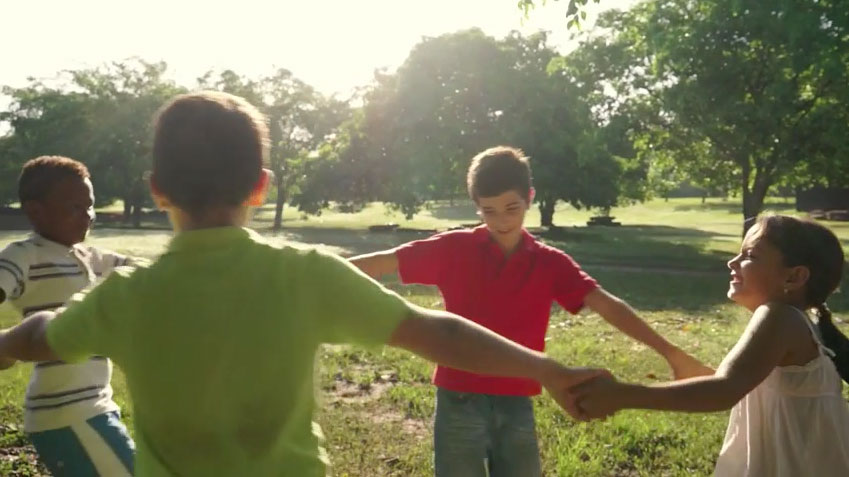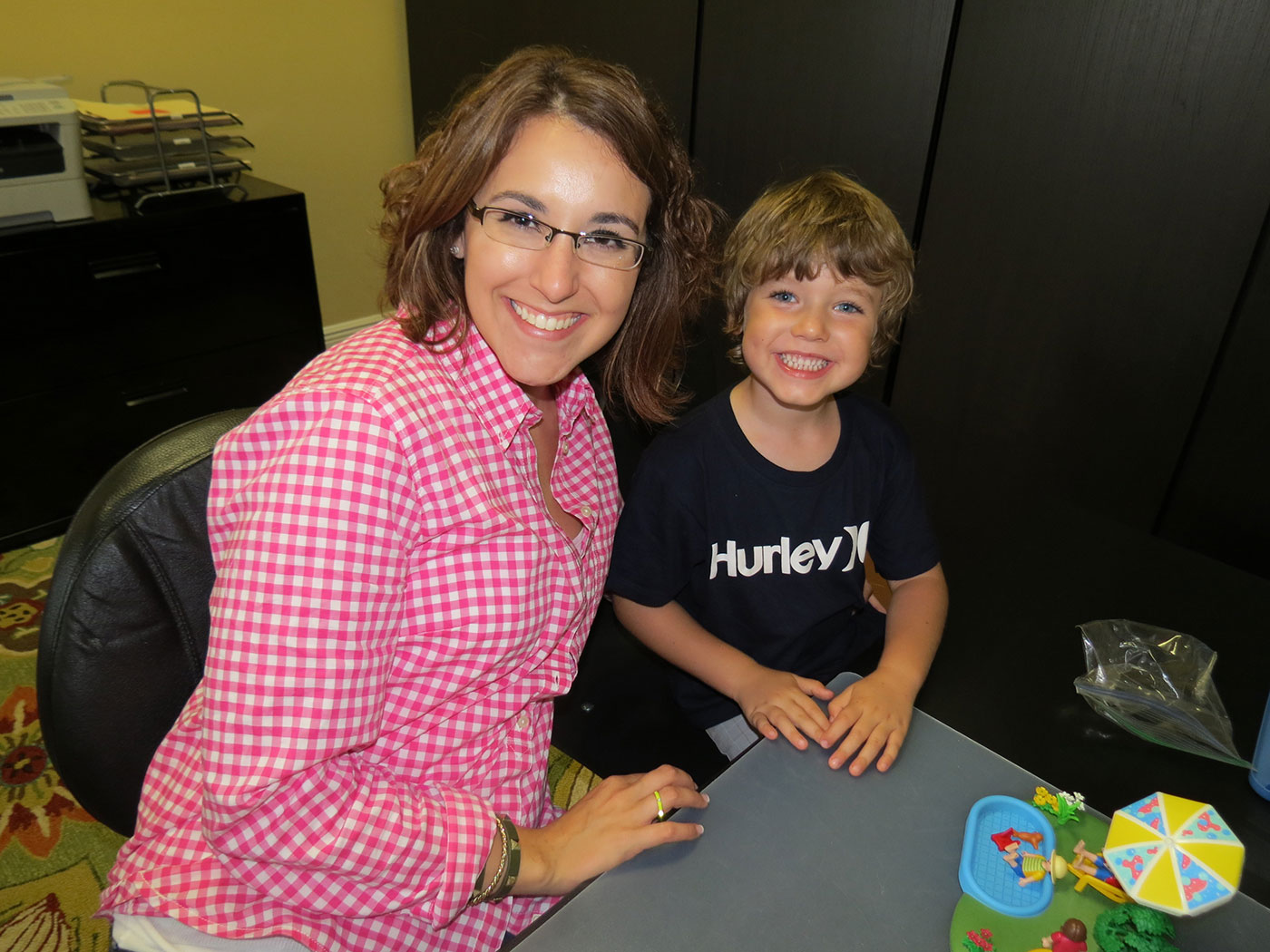Learning to cut efficiently is a complex skill that requires fine motor strength and coordination, separation of the hand, bilateral coordination, and visual attention. How can you boost these skills to prepare your child for cutting?
Fun Occupational Therapy Activities To Boost Cutting Skills
Here are a few ideas: have your child play games using tongs to stack and sort items, squeeze and wring out sponges, squirt a spray bottle, twist open bottle tops, make finger puppets, clip clothes pins, make confetti with a hole puncher, string bead jewelry, play “flick football,” or create a water color picture using an eye dropper. Once your child’s hands are nice and strong and able to work together to cut and manage paper simultaneously, they are ready to start working with scissors.
How To Teach Cutting
Start out with some simple snipping, stressing the position of your child’s wrist, so that his/her thumb joint is inside the top loop and pointed to the ceiling, giving a “thumbs up.” The index finger rests on the outside of the scissor and the middle finger should be through the other loop (if your child has small fingers or if space allows, he/she can put the index finger in the loop with the middle finger). The ring and pinky fingers get tucked away into the palm, which can pose a challenge for some children. If your child is having trouble with this, you can help by having him/her hold a little pom-pom or cotton ball in the last two fingers.
To help maintain proper wrist and finger position, have your child practice cutting upwards (tape the paper against the wall or hold it at his/her eye level), this way the wrist naturally falls into the right position. If the scissors seem to be the problem, look for ones with oval loops (versus circular), they are easier to stabilize.
Adaptive Scissors If Standard Ones Don’t Work
If standard children’s scissors don’t seem to be cutting it (ha-ha), there are a great variety of adaptive scissors that you can explore. Here are a few examples: “benbow” and “fiskars” scissors are made to fit young children, “easy grip” and “loop” scissors have one continuous plastic loop and spring themselves open when pressure is relieved, “dual control” scissors have two sets of loops so that the adult can help guide the movement, and “mounted” or “push-down” scissors are perfect for children with use of only one hand or with weak grasp.
Left-Handed Scissors
On a side note, if your child is left handed, they should use a left-handed scissor (toy-stores sell “ambidextrous scissors,” but there really is no such thing). The blades on left-handed scissors are affixed in a way in which enables the child to see the lines while cutting, and in-turn, manage the paper more efficiently.




